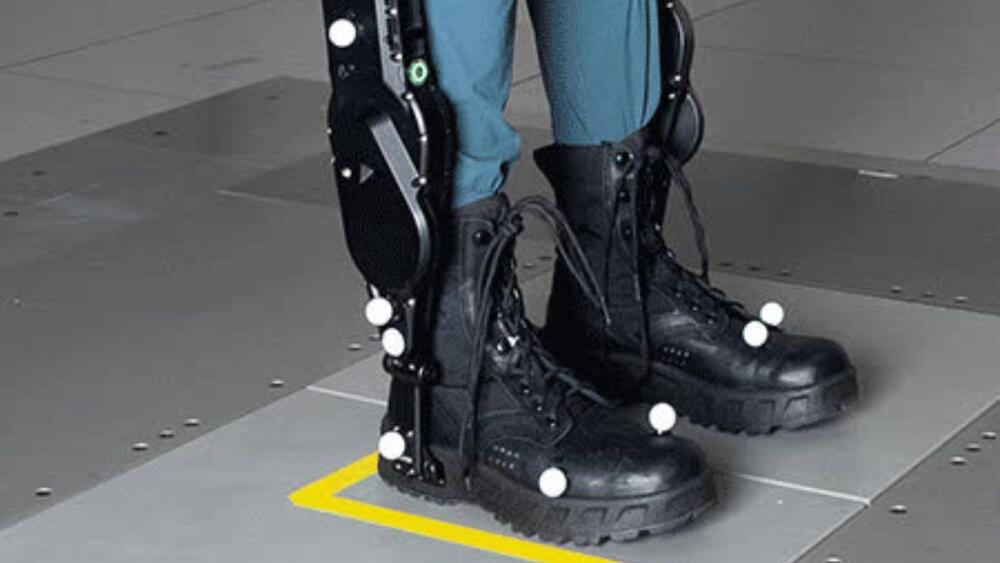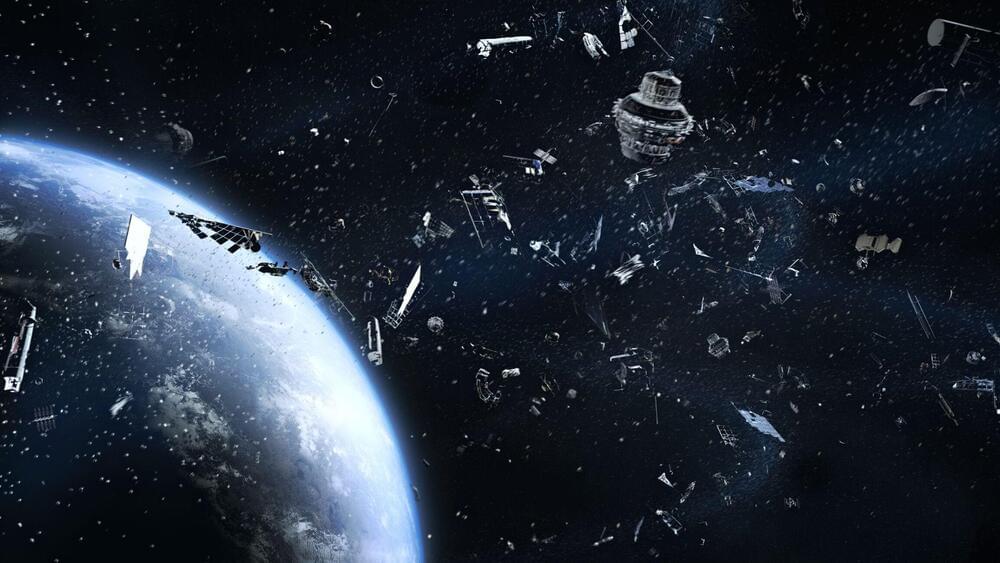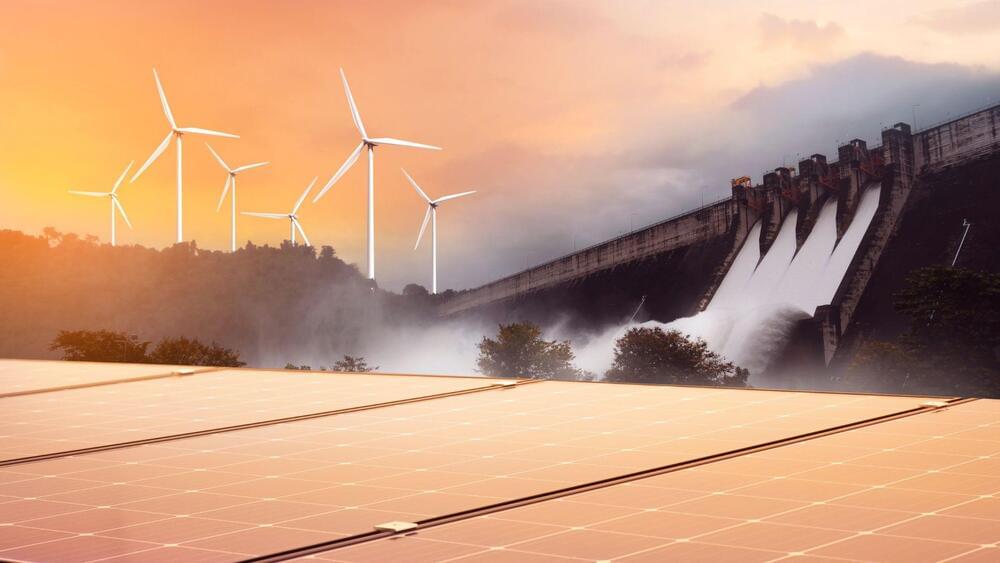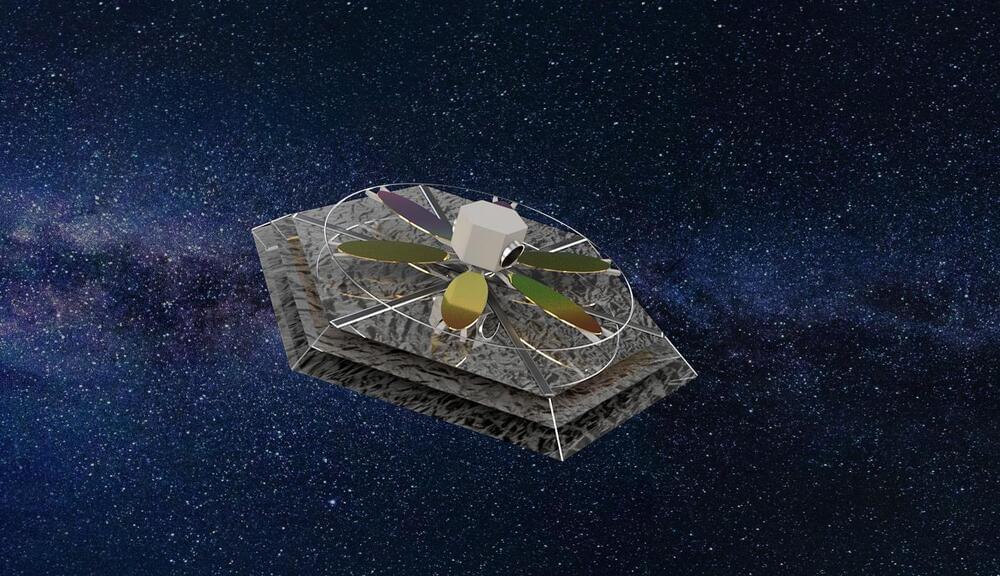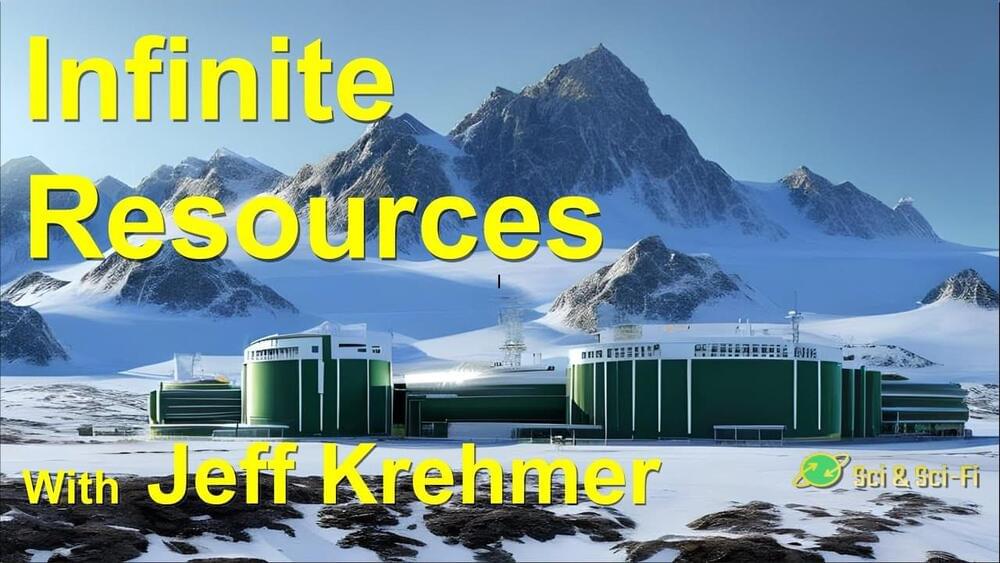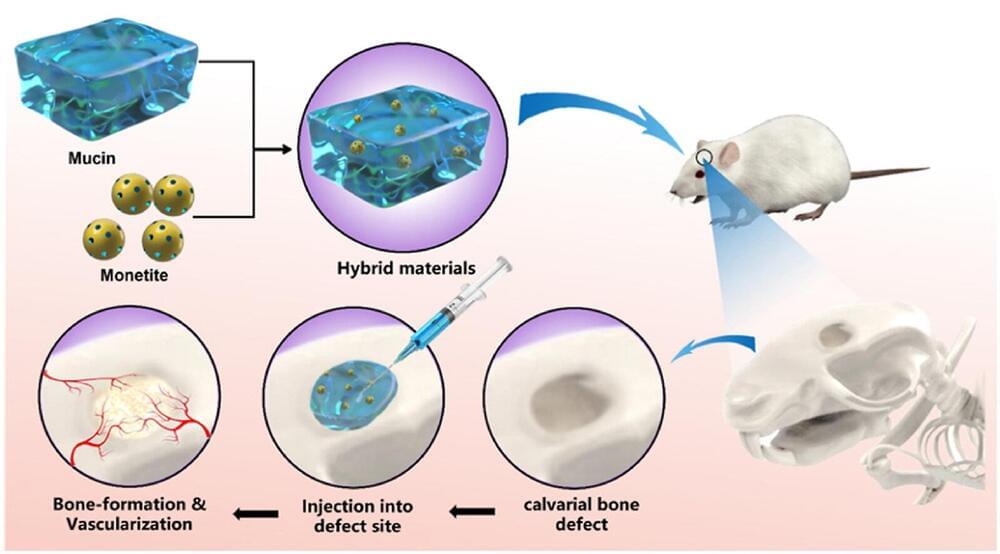Residents of Cardiff’s Odet Court housing complex U.K. are benefiting from “world-first” technology that allows solar energy from a single rooftop system to be shared by multiple residences in the same building.
The new solar system setup can supply up to 75 percent of each apartment’s power requirements, benefiting the residents, Euronews reported on Saturday.

